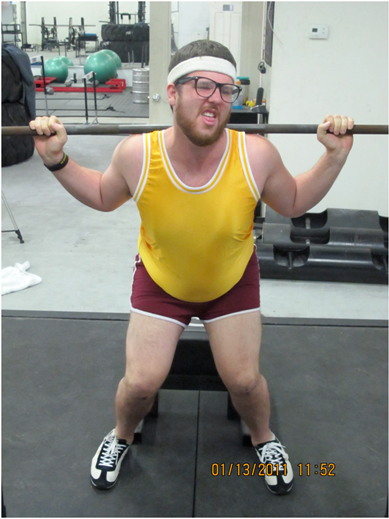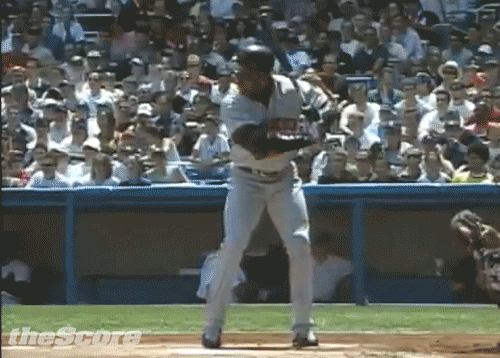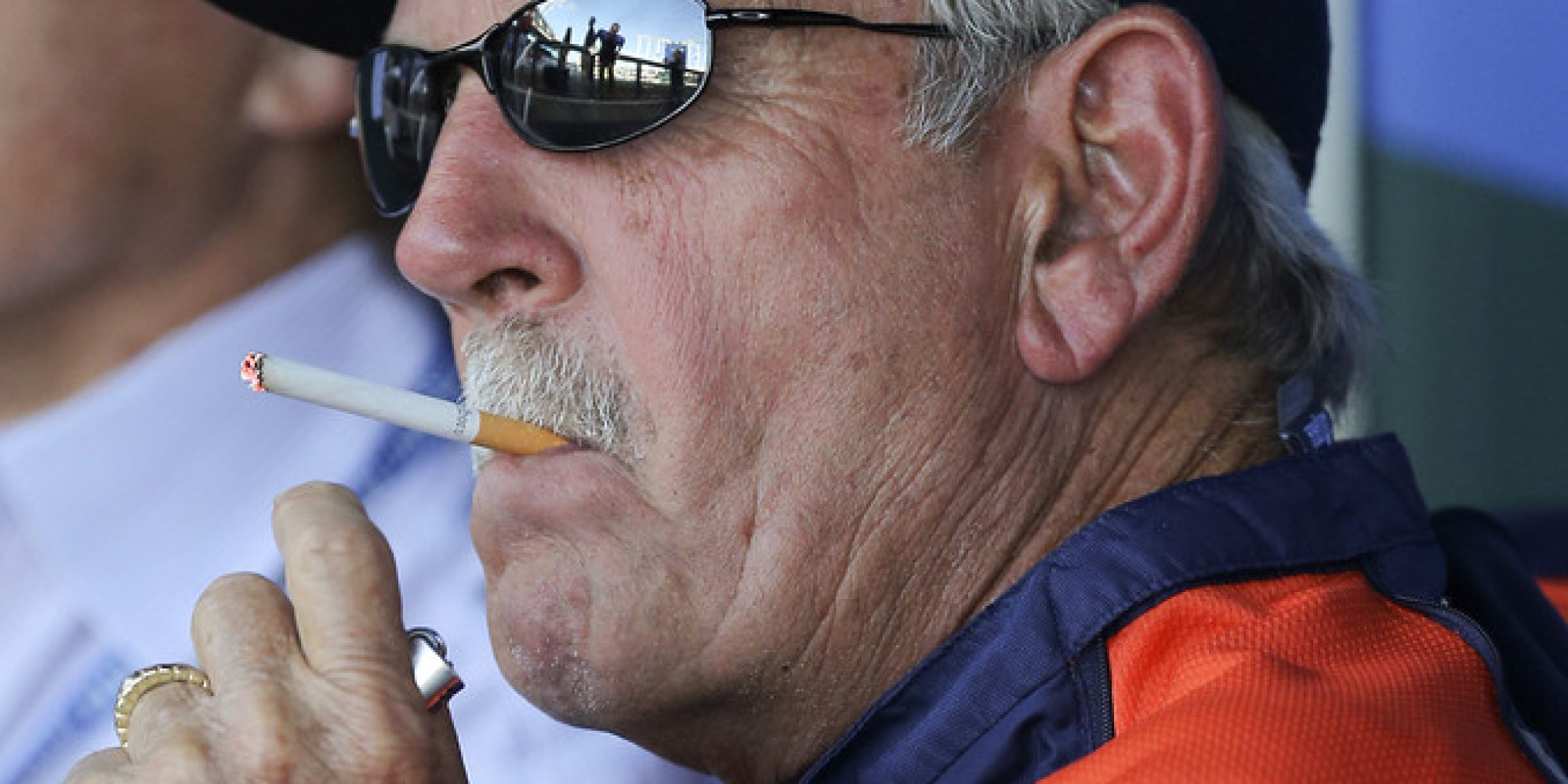Mechanics
They matter. Plain and simple. If I were to ask you to get under the bar and squat, would it be acceptable if you looked like this every time?
Of course not, that's horrific, in way more ways than one! To take the point even further, if I allowed you to continue to squat like that I would be failing miserably at my job as a strength and conditioning coach. The same idea applies to your mechanics in the box or on the bump. If you have horrific movement patterns like our boy up above (see picture and laugh again), you need to improve them! The better you can move in the box or on the mound, the higher a chance you have of
1) Throwing/hitting balls harder.
2) Giving yourself a repeatable motion that allows you to throw more strikes or a swing that allows you to keep your barrel in the zone longer which gives you a greater chance at making solid contact. 3) Reducing injury.
If you don't know how you're supposed to move, you need to educate yourself on what that's supposed to look, but more importantly, FEEL like. If you move like crap, you're going to have to work that much harder and be that much more athletic to make up for your inefficiencies. Once you figure that out you can start making yourself the most efficient version of you possible.
Approach
Just as important. If you don't have an approach when you step in the box or on the mound, then you're relying on being lucky. At the youth levels, you may be able to get away with this "approach" due to the fact that more pitchers lack command and more hitters don't pay attention to what a pitcher is trying to do to each hitter. As a pitcher, if you have a good fastball, I would encourage you to throw that fastball until hitters prove they can hit it (Disclaimer: As you go up levels, you can't just throw fastballs, unless you make them move or throw 102!).
If your best pitch is an off speed pitch, you might be a guy who pitches "backwards" in order to keep hitters guessing. For those who don't know, pitching backwards means hard stuff in soft counts (1-0, 2-0, 2-1, 3-0, 3-1) and soft stuff in hard counts (0-0, 0-1, 0-2, 1-2). As a hitter, you have to assess what the pitcher is trying to do. At the younger levels, the above mentioned approaches are what most pitchers will try to do. You need to recognize this as a hitter and try to work yourself into counts where you can get a pitch you like. As you go up levels, the cat and mouse game between pitcher and hitter gets more intricate because pitchers can throw more pitches for strikes and those pitches have much more late movement. At the upper levels as a pitcher, hitters get smarter with their zones and will hit "good pitches" while making you work harder. These are just a few examples of what you can do with your approach as a pitcher and hitter. I would encourage you to take a look at professional games to see what the best do. Every pitch has a purpose. Every swing has a purpose. That's large part of the reason why those players are in the professional ranks.
Timing
The two points mentioned above will play into how this third point plays out. Let's look at it from a pitching perspective first. As a pitcher, timing is important for 3 reasons: Injury Reduction, Command, and Velocity. Pretty important, right? Let's look at how timing plays into a pitchers movements. If we look at the study titled Biomechanics of Baseball Pitching Implications for Injury and Performance (Fleisig et al, ASMI 2010) what you will find is exactly where each joint angle should be at specific times in the motion. These are critical to a player being as efficient as possible in order to get the most out of their body. In another study, Kinematic Comparisons in Different Pitch Velocity Groups in Baseball Using Motion Model Method (Takahashi, Fujii, Ae, et al ISBS 2002) you can actually see exactly why high velocity throwers throw harder than low velocity throwers. If you can get to these points in the motion as a pitcher, you can improve your command and velocity while reducing your rate of injury.
As a hitter, the same applies. Beyond abstracts, we don't have much to lean on in the science world yet. That being said, there are things that need to happen within a swing in order to move most efficient. Once you have those things (front leg extension, hip/shoulder separation, proper contact points, etc) in line, you can start timing up a pitcher. Hitters use different methods of timing. Miguel Cabrera has used a leg kick, heel lift, and short stride.
David Wright gets wide and does a heel lift.
Barry Bonds was a short stride and toe tap guy. (Pre Juice - short stride)
(Post Juice - toe tap)
You need to find what works for you and your timing. WHAT WORKS FOR ONE PLAYER MAY NOT WORK FOR ANOTHER! You also have to take into account what the pitcher is doing. Is he a high leg kick or a slide step guy? Does he throw cheese or is he slinging soft stuff up there? As a player, you need to determine where you need to spend more time working. In the end, it's all a part of it.







No comments:
Post a Comment